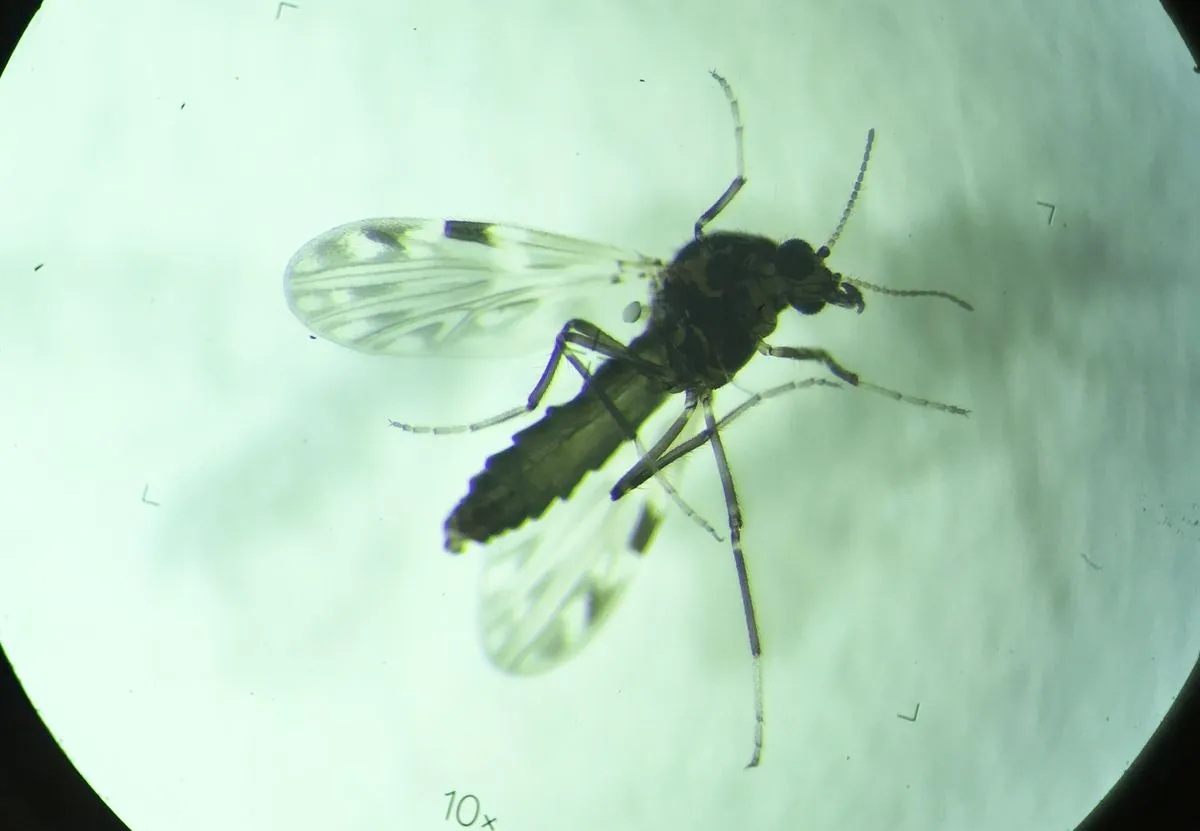Norway Reports First Bluetongue Cases Since 2009, Joining European Outbreak
Norway has detected bluetongue virus in livestock, marking its first cases since 2009. The outbreak, affecting several European countries, poses a threat to sheep and cattle but is harmless to humans.

Norway has reported its first cases of bluetongue virus since 2009, joining several other European countries experiencing outbreaks of this livestock disease. The Norwegian Veterinary Institute confirmed the presence of bluetongue serotype 3 (BTV-3) in southern Norway on September 6, 2024.
Bluetongue virus, which belongs to the genus Orbivirus in the family Reoviridae, poses no threat to human health but can be lethal to livestock, particularly sheep. The disease, first described in South Africa in the late 19th century, is listed as a notifiable disease by the World Organisation for Animal Health (OIE).
The current outbreak is not limited to Norway. Sweden, Denmark, Germany, the Netherlands, and France have also reported cases recently. In Sweden, infections were detected along the west coast, while Denmark recorded its first case in early August 2024 near the German border.

Bluetongue is transmitted by biting midges of the genus Culicoides and ticks, which thrive in warmer conditions. Climate change has been linked to the northward expansion of the virus in Europe. The disease can infect most species of ruminants, including cattle, sheep, goats, and deer.
Infected animals may exhibit symptoms such as high fever, mouth ulcers, swollen face and tongue, and breathing difficulties. In some cases, the tongue may turn blue due to lack of oxygen, giving the disease its name. However, this symptom occurs in only a small percentage of infected animals. The incubation period for bluetongue is typically 5-20 days, and mortality rates in sheep can reach up to 70% in severe outbreaks.
While the virus affects milk production in livestock, authorities assure that the milk remains safe for human consumption. However, the disease can cause significant economic losses in the livestock industry.
In response to the outbreak, some countries have taken preventive measures. In Denmark, zoos and animal parks have begun vaccinating animals to contain the spread. Vaccines are available for some of the 26 recognized serotypes of bluetongue virus.
The reemergence of bluetongue in Norway and its spread across Europe highlight the ongoing challenges in managing this disease. As the situation develops, livestock owners and veterinary authorities remain vigilant in their efforts to control the outbreak and minimize its impact on animal health and agriculture.


































